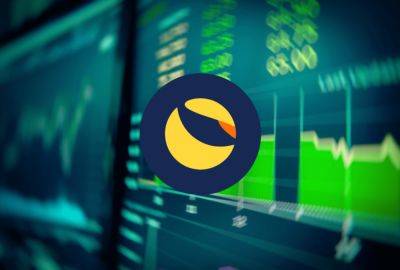Solar powers ahead with hopes of a renewables record for solstice month
Britain’s solar industry delivered record levels of renewable electricity to the power grid earlier this year, but as daylight hours stretch longer around the summer solstice, it could be on track to reach another record.
Solar power generation in June is on track to come within a hair’s breadth of the record set during an unusually sunny May in 2020 at about 20 gigawatt hours, according to Alastair Buckley, the professor of organic electronics at the University of Sheffield.
That is perfect timing for the largest solar power industry gathering of the year, at a summit in London this week, and a chance for many to reflect on the resurgence of sunlight in the grid, in the years since the Conservative government brought the industry to its knees by slashing subsidies. More importantly, it will be a chance to look ahead to a new dawn.
The solar industry has been easy to underestimate in a country better known for dull drizzly days than blue skies. But it has enjoyed steady growth, is far cheaper than headline-grabbing nuclear investments and far less conspicuous than fields of wind turbines.
Solar power made up 4.4% of the UK’s electricity needs in 2022, but the annual figures belie a far greater impact in the summer. Solar regularly accounts for more than 25% of demand when it is producing peak output during the sunnier months. It has also seen a step change in demand due to falling technology costs and a growing desire for cheap, secure energy supplies.
Last year, the number of rooftop installations in the UK doubled, according to MCS, an accreditation scheme. It found that a total of 130,596 systems were mounted on UK rooftops in 2022, the same number as in the three previous years combined.
In total, the UK has about 15
Read more on theguardian.com

 theguardian.com
theguardian.com




















